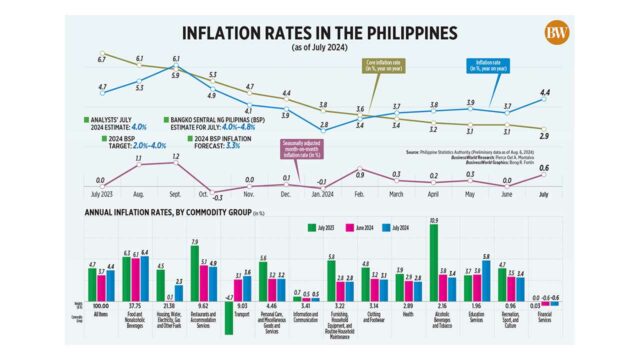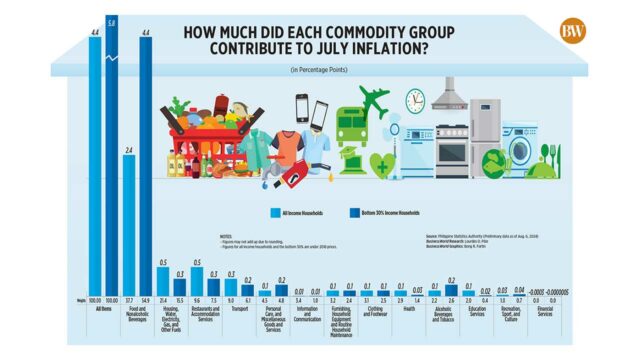Private initiatives fostering marriage inviolability: Your Happy Marriage
(Part 5)
A very laudable initiative to help them deal with the conflicts that normally arise in the relationships between husband and wife from the mere fact that they are human and, therefore, fallible, is that by a married couple, Boni and Alice Belen. They have written a three-part series of books (to be expanded to five parts in the future) entitled Your Happy Marriage.
Bonifacio D. Belen and Alice A. Belen have been happily married for 27 years. They have been very active in delivering courses and workshops under the Educhild banner, using the very effective “case method” teaching methodology that has been perfected in leading business schools like the Harvard Business School in the US, the IESE Business School in Europe and the Asian Institute of Management in the Philippines.
Rooted in deep philosophical and theological principles, the main thesis of this series of books, published by Central Book Supply, Inc., is that in a validly contracted marriage, there is no conflict that is “irreconcilable” as long as the marriage partners concerned have the good will to employ readily available means to resolve their differences.
There are two ways of defining “human weaknesses” in the context of the present debate concerning the efforts of some lawmakers to introduce “absolute divorce” into the Philippines. The first is that because of human weaknesses, one or both members of the couple in a valid marriage could commit offensive acts against the partner so that cohabitation is made very difficult or impossible. This problem, however, can be resolved by legal separation and does not justify absolute divorce.
Those who object to absolute divorce use the “human weakness” argument in the following sense: the very possibility of getting an absolute divorce would, through the human weaknesses of one or both of the partners, encourage lack of discernment, undue haste, precipitation, and carelessness in the decision to get married and in the choice of the right partner, thus opening the way to more incompatibilities and so-called irreconcilable conflicts. This has been the empirically tested experience in the countries that allow absolute divorce.
By eliminating the possibility of dissolving a validly contracted marriage, those contemplating marriage will be a great deal more circumspect before actually deciding to get married and to whom. They would take more seriously all the means described in the preceding articles that are made available by countless private initiatives providing pre-nuptial or pre-Cana courses.
To be sure, it is also human weaknesses that lead to conditions that are grounds for annulment or declaration that no marriage bond actually existed. Among these are psychological incapacity, the non-existence of a marriage license, bigamous or polygamous marriage, the presence of sexually transmitted infection, fraud, lack of consent, unsound mind or the inability of one or both spouses to make a decision to marry due to a mental deficiency, impotence, mistaken identity, and the absence of essential requisites for a valid marriage. In these cases, however, there is no need to talk about irreconcilable conflicts because the spouses concerned are free to marry another person since there was no marriage in the first place. A law permitting absolute divorce in these cases would be irrelevant and unnecessary since there was no marriage at all. What is needed is the declaration of nullity which is already permitted under the laws of the Philippines.
We should heed the advice of some law makers to make the process of annulment cheaper or even costless for poor couples. If we apply the principle of progressive taxation, the rich can be charged an eye and a tooth to have their marriage annulled.
For couples going through very normal problems of conflicting ideas and behaviors, Boni and Alice’s book series is highly recommended.
They start the series with the most inspiring message of Pope Francis to married couples or those contemplating marriage, found in his Letter entitled “Amoris Laetitia” (the Joy of Love): “The love they pledge is more significant than any emotion, feeling or state of mind, although it may include all of these. It is a deeper love, a lifelong decision of the heart. Even amid unresolved conflicts and confused emotional situations, they daily reaffirm their decision to love, to belong to one another, to share their lives and to continue loving and forgiving. Each progresses along the path of personal growth and development. On this journey, love rejoices at every step and in every new stage.” The five books planned in the series are: Book 1 (Beginning of the Journey); Book 2 (Failures of Expectations); Book 3 (Struggle for Dominance); Book 4 (Adjusted and Settled); and Book 5 (Enduring Commitment).
Book 3 is the most relevant to the issue of absolute divorce which we are discussing because it is the one that maintains that there are no irreconcilable conflicts if both of the spouses are willing to put in the necessary effort to resolve them. Book 3 is meant for those who have been married for about 12 to 30 years.
The authors start by asserting that a psychologist told them that a troubled marriage is essentially the psychological or spiritual trouble of a person impacting on another, or the two individuals in the marriage colliding. A family therapist gives a more nuanced explanation: the problem in a troubled marriage does not exist in a person but in the chemistry between the spouses. To address the marriage crisis, it is suggested that the husband and wife fix their intrapersonal troubles together.
There is no other way to fix a troubled marriage but to face squarely the intrapersonal differences. It takes two to quarrel and to make amends and reach an acceptable resolution. The efforts towards reconciliation will have to start from the more humble of the spouses, or the one more willing to give love a chance. Earthly life is never simple. Our earthly journey is always messy. Marriage is even more. Even the seemingly most compatible unions — from the standpoints of family, religious, cultural, and educational backgrounds —will encounter difficulties at some point on the journey.
The ability to forgive is the key to a lasting union. Precisely because of human weaknesses, there will always be some fault, offence, imperfection, negligence, etc. of one of the partners to forgive. As Boni and Alice insist, from their personal experiences: “Marriage without forgiveness cannot last. Suppose a couple do not learn to overlook little moments of friction resulting from moodiness and tiredness or disagreements over inconsequential and not-so-trifling matters. Suppose a couple get tired of forgiving the same repeated offenses, give in to bitterness and decide not to keep love in their hearts: then the beginning of the end is near if not already there.”
Even pagans will concede that the root of moral evil can be found in three fundamental human weaknesses or evil tendencies: greed, lust, and pride. The most difficult to overcome is the last, pride, a super-ego which is the primary obstacle to the ability to forgive. That is why Book 3 of Your Happy Marriage has a sub-title, “Struggle for Dominance.” The original consent given at the time of marriage must be followed by a lifetime of commitment. As Boni and Alice end their Introduction to Book 3: “Commitment is consent renewed day-to-day, perseveringly day-by-day. In this Commitment, total and free, the wrestling for power gives way more quickly to the effort to let love, true love, take over instead of being overshadowed by conflicts in the struggle for dominance.”
Those interested in purchasing copies of the three books of Your Happy Marriage may send an e-mail to info@central.com.ph.
Bernardo M. Villegas has a Ph.D. in Economics from Harvard, is professor emeritus at the University of Asia and the Pacific, and a visiting professor at the IESE Business School in Barcelona, Spain. He was a member of the 1986 Constitutional Commission.














